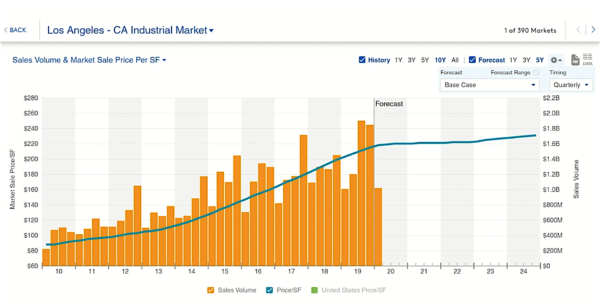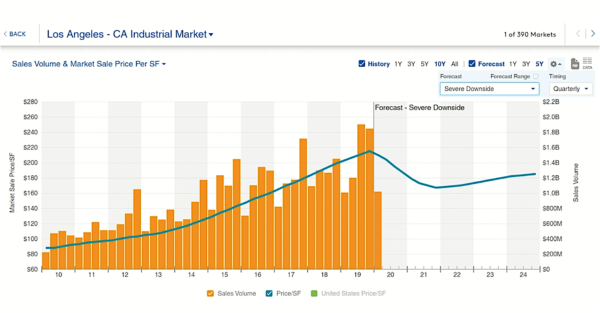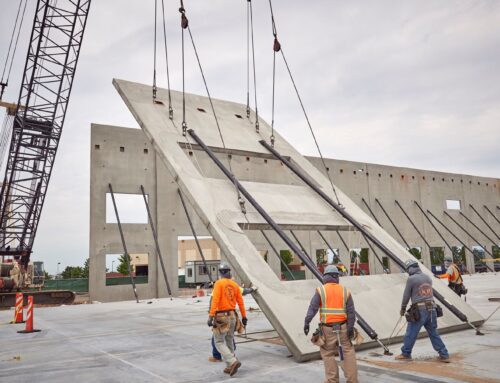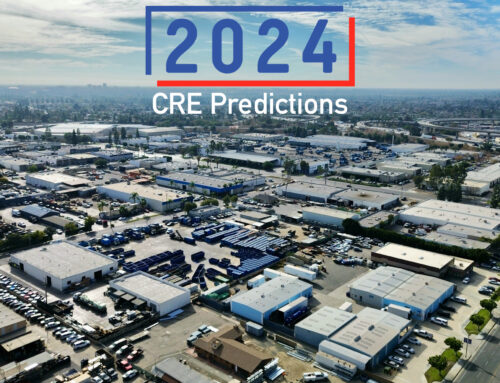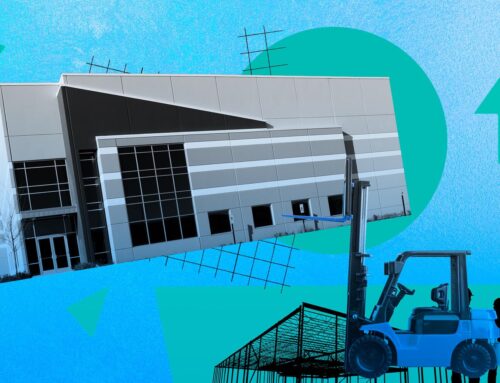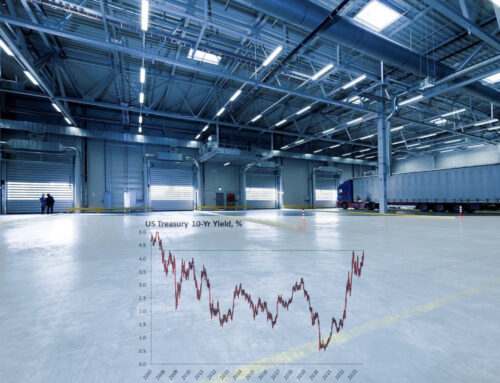Los Angeles remains one of the nation’s premiere industrial hubs. In a typical year, demand from the Ports of Los Angeles and Long Beach, as well as the region’s diversified economy, helps keep local industrial inventory nearly fully leased. Low vacancies drove robust rent and pricing growth earlier in the cycle. However, with the coronavirus pandemic bringing economic activity to a halt, the outlook for both the Los Angeles industrial market and the broader regional economy has shifted dramatically.
The market’s deep connections to China, usually a major strength, now look to be a weakness in the near term. Roughly half of all imports at the twin ports originate in China. With the coronavirus bringing manufacturing to a halt across much of China, trade activity at the ports is sure to suffer. Loaded container imports at the ports were already down about 15% year-over-year in February, before the pandemic’s impacts began to be fully felt in the United States.
Net industrial absorption turned sharply negative in recent quarters, raising vacancies from record lows to a current level around 3.5%. That’s a significant jump from the end of 2017, when the industrial vacancy rate bottomed out at an all-time low of about 2.2% in the Los Angeles industrial market. But 3.5% is still the lowest vacancy rate of any major industrial hub in the nation.
Most of the large spaces that went vacant in the first quarter of 2020 did so in January, before the impacts of the pandemic began to take hold. This suggests the recent vacancy expansion is more a result of standard lease expirations and tenant relocations than a direct symptom of the outbreak. If the industrial markets are not yet reflecting the effects of the pandemic and subsequent economic slowdown, then demand will likely continue to soften and vacancies could continue to rise.
There are a few reasons for optimism in the local industrial market, despite the steady drumbeat of bad news surrounding COVID-19. Industrial properties may be better positioned to weather the coming slow-down than other commercial asset types. The boom in on-line shopping and the need to manufacture medical equipment and goods may offset the economic impacts of stay-at-home orders and decreased trade.
Los Angeles also has some unique advantages that help insulate it during periods of economic uncertainty. The supply constraints that make it so difficult to build new industrial projects here help to ensure that competition from new development is minimal. And L.A. has a massive, diverse industrial economy, making it less dependent on any one sector or industry than most other American cities.
This should all help the region weather the coming storm and bounce back quickly when a recovery takes hold.
Sources: https://product.costar.com/home/news/899066265 [1]


